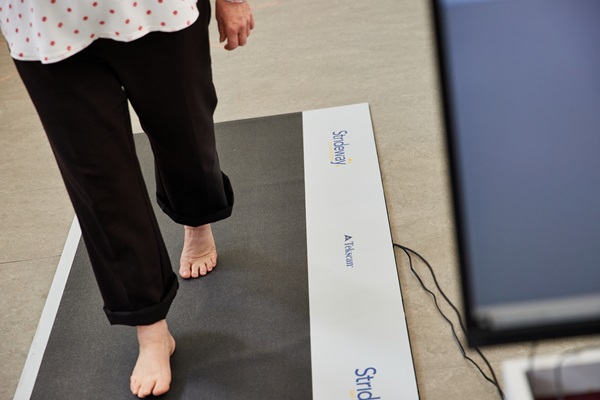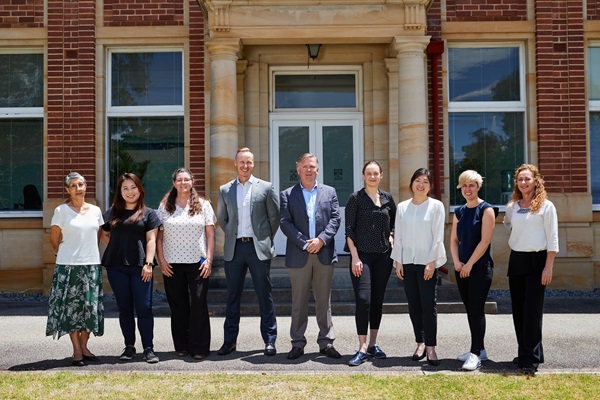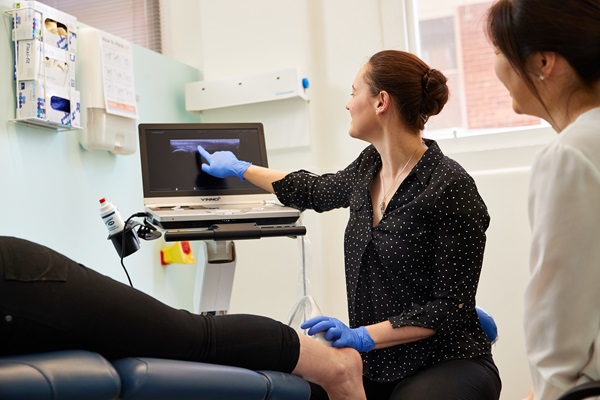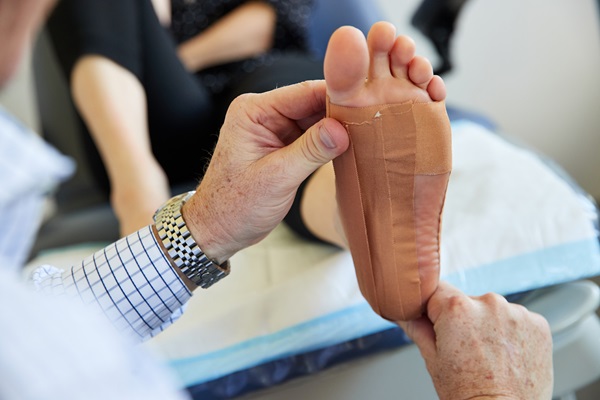
Welcome to UWA Podiatry Clinic
At the UWA Podiatry Clinic, our team can help with a variety of foot, ankle and lower leg problems, to help you feel better and get back to your favourite activities sooner.

How can we help you?
- Ingrown Toenail
- Heel Pain
- Hammer Toe
- Bunions
- Neuromas
- Warts
- Fungal Nails
- Flat Feet
- Foot Orthoses
- Foot Pain / Ankle Pain
- Children’s Feet
- Leg Pain
- Systemic Conditions that affect the lower limb
- Footwear advice and insoles
COVID-19 Safety precautions
Who do we treat?
Children
If you are concerned about your child’s feet, development or gait then book a consultation today with one of our friendly children’s podiatrists.
Athletes
Are you wanting to improve your performance, avoid injury or treat an injury? Speak to our team at UWA Podiatry Clinic to discuss a treatment plan to ensure you are performing at your best.
Workers
If your job involves spending hours on your feet, chances are you are familiar with aching and tired feet, legs and back. We will work with you to ensure you have the support you need to keep you going through the week.
55+
As we get older, an annual foot health check is as important as a sight or hearing test.
Conditions like diabetes or circulatory problems can all be picked up by looking at the feet, and common problems like corns, cracked skin and ingrown toenails can be successfully treated.
Diabetics
Have you had your annual check-up?
All diabetics should have their feet checked at least once a year by a doctor or podiatrist. This is important in order to detect problems early and other complications such as gangrene.
Facilities
No referral necessary
While referrals from GPs and other health practitioners are welcome, they are not essential for an appointment at our clinic. Call our clinic today to discuss your needs with our friendly staff.
-
Laboratories and equipment
Laboratories and equipment
Our clinic is supported by an on-site manufacturing facility and a range of diagnostic and treatment equipment. This includes the following:
- An orthoses laboratory, allowing for the manufacture and modification of custom-made foot supports
- A gait analysis laboratory to analyse the way patients walk and how we can influence this to reduce pain and prevent injury
- Laser therapy for the treatment of musculoskeletal conditions
- X-ray and ultrasound equipment
-
Surgery
Surgical Suite
If during your appointment in the general clinic the team feel you need a surgical opinion, then you will be transferred to our in-house surgery team for consultation. Our surgeons consult out of a state-of-the-art surgical suite located on site.








